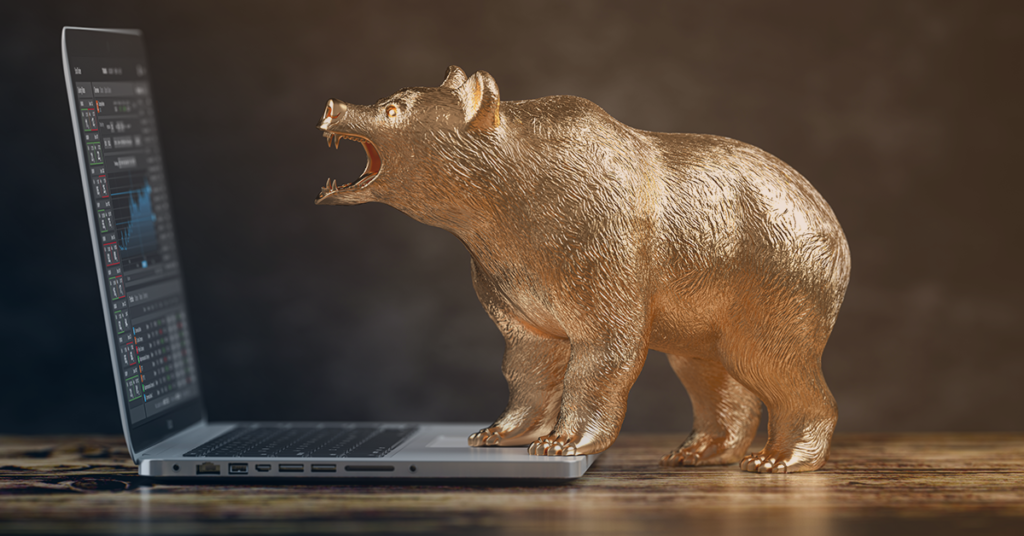In this article, Cambridge Partners’ Financial Adviser, Scott Rainey explains what a Bear Market means, how long Bear Markets may last, and what being invested in a Bear Market might mean for investors.
What is a Bear Market?
A Bear Market is characterised by persistent falls in market prices. Prices must fall 20% from their recent high to qualify as a Bear Market. They are typically characterised by pessimism and negative investor sentiment. The S&P 500, the US’s most extensive stock market index, entered the Bear Market territory, a fall of 20% or more on 13th June from its highs reached on 3rd January. The more technology-heavy Nasdaq Composite Index entered Bear Market territory on 7th March from its recent highs of 19th November 2021. The MSCI All Country World Index, that’s an index composed of Developed Market shares and Emerging Market shares, entered Bear Market territory on 13th June from its highs reached 16th November 2021. The S&P/NZX 50 index entered bear market territory on 13th June, albeit a slow one, having started its decline in September last year.
How long do Bear Markets last?
We like good questions like these because we can investigate and look for evidence. The average length of a Bear Market on the S&P 500 Index, the index with the most profound data series we have access to since 1929, is 289 days.
At the end of June, the current Bear Market was 178 days old. That means there might be some more time to run.
Bear Markets can be painful, but overall, markets are positive. Over a 92-years, markets were in Bear Market territory for 20.6 years. Put another way, shares have been on the rise for over 71 years, or 78% of the time.
So, if we know that Bear Markets last on average 289 days, does that mean we should get out of the Bear Market now and invest when things look up?
In short, no.
Chart 2 shows the performance of the S&P 500 for 12 months each time the market entered Bear Market territory since the end of World War II. That would be the performance you would have earned if you invested the day the market fall reached 20%.
There are some relatively large bars there, and not all of them are positive, but on average, if you had invested on the day a market fell into the Bear Market territory, your performance for the next year would have been 20.7%. That’s almost double the average overall period of 10.9% per annum. It didn’t work every time. Three bars were negative, but investors always wound up on top, even on those occasions. It just sometimes took longer than a year.
What a Bear Market means for investors
Media coverage is telling us all to be fearful, posing questions about whether we should pull out and wait for some time to invest. The data is telling you the best time to invest is right now. And if you won’t believe the data, consider the Wizard of Omaha, Warren Buffett, chairman of Berkshire Hathaway, who famously wrote in 1986:
“Be fearful when others are greedy and greedy when others are fearful.”
Warren Buffet, Chairman, Berkshire Hathaway
We might put it another way: Be disciplined when others are telling you to be impulsive. Never be impulsive.
26 July 2022
Disclaimer: This article is general information and does not consider your financial situation or goals and does not constitute personalised advice. There are no warranties, expressed or implied, regarding the accuracy or completeness of any information included as part of this article.

